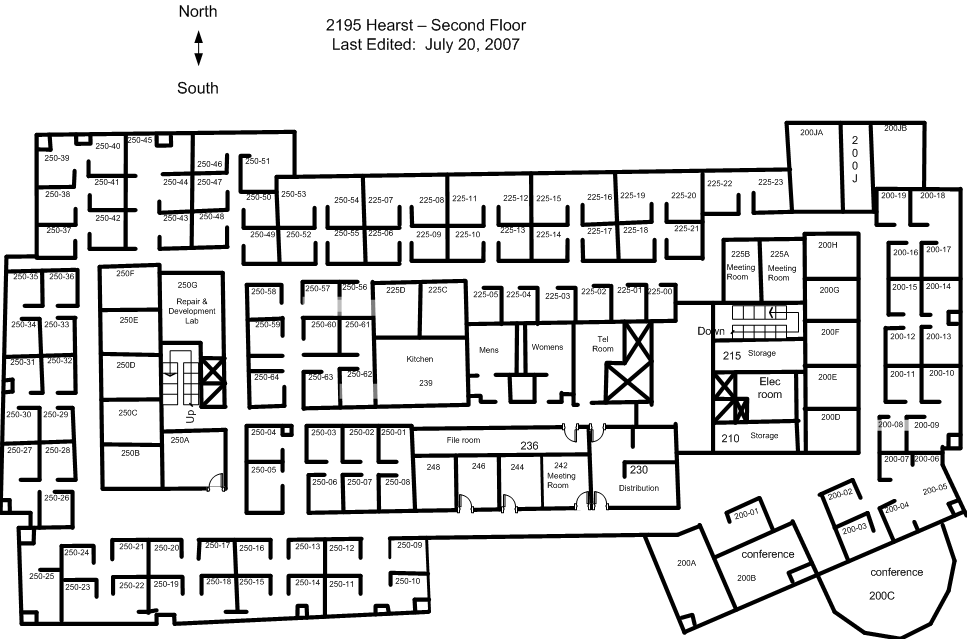TandemBear said:
"Seismically unsafe" is really a misnomer and of very little meaning. What is one structural engineer's "seismically safe" building is another's death trap! Well, perhaps this is an exaggeration. But the term depends a lot on what type of event you're planning for.
One could argue that all the buildings on campus were "seismically safe" since they all survived Loma Prieta without a single fatality. This may be all the proof needed to disprove this entire article - especially since so much retrofitting has occurred post-Loma Prieta. Who are they come along and say we're unprepared?
And what magnitude quake do we plan for to then define buildings as "safe?" It's a cost/benefit analysis that has a threshold. Many opinions will be happy with the chosen - and arbitrary - threshold, others will not.
If the Hayward goes and it's an 8.0 or higher, we're toast. If it's lower, then perhaps not.
But can we ever reach consensus on how much should be spent to reach a certain level of "safety?"
This discussion reminds me of a fire hazard map that was released last year or thereabouts. They listed several communities that fell into a "severe fire hazard zone." Los Gatos and the Santa Cruz mountains fell into this zone. The idea is to institute a fire hazard management fee in these areas to abate the chance of catastrophe. Well, I thought about it. My grandmother grew up in the Santa Cruz mountains. And then her son raised a family in south San Jose and I grew up there. So this represents three generations living in and near this "severe fire hazard zone." Say that a fee had been established "way back when." My family would have paid into this fund for three generations now with nary a benefit realized. There has been no conflagration in this area in three generations that I'm aware of. So would that money have been well spent? I don't know. Doesn't look like it.
So do we plan on and spend for an 8.0 magnitude quake on the Hayward fault? This translates to probably hundreds of millions in spending. Spending that could have gone to other essential areas (schools, housing, anti-poverty, anti-homelessness). It would be a bummer to have another Oakland Hills fire sweep down and wipe out all that "seismically-safe" construction we just spent millions on! Plus, what a shame to spend the money on retrofitting when along comes a BIGGER unanticipated quake, or it never comes in four more generations...
Oakland is currently working on a retrofit mandate for all soft-story buildings. But to what standard? If I retrofit and my building still collapses, what then? Should I exceed the specs to provide a higher level of safety and thus lesser liability? Or is it a waste of money?
Back to the discussion at hand....
So, do we get ANY credit for the stadium retrofit? Will that Chronicle reporter who hates up step forward and give us a LITTLE credit???
I totally agree with your comments and want to add a few of my own.
1. As mentioned by one other poster, Cal is aware of the situation and is trying to remedy the situation, but the Legislature has dragged its feet in providing the necessary funds.
2. The standards for being seismic safety are always changing with each new earthquake and with evolving earthquake science. Many buildings that were built to then current earthquake standards, are often found seismically unsafe when newer standards are developed and applied.
3. Standards also vary from location to location even within the same city. if your building is located within a certain distance from an active earthquake fault, different criteria apply. (the designated distances also are always changing). I did a major remodel on my home in Oakland several years ago, I was required to comply with much stricter standards than a house also built in Oakland but one mile away because of the fact that my house was closer to the Hayward Fault.
4. I support the concept of rational earthquake standards. but we should not assume that compliance with those standards will guaranty safety in an earthquake. There are many factors that contribute to the collapse of buildings during an earthquake in addition to the magnitude of the quake and the length of the time of the shaking. Soil conditions, the type of material used in construction, the height of the building and the cross-bracing for any open spaces, building maintenance, etc etc.
My contractor who remodeled my home was quite familiar with earthquake safety. He said that he could not guaranty that my home would not collapse in a major quake. But he said, if my house were to collapse in a major quake, virtually all of the homes in Oakland and Berkeley would also collapse in that quake. Somehow that did not make me feel much better.
5. As for your cost benefit analysis, for me that all depends on whether the damage is an "inconvenience" or a "catastrophe".
If the projected harm would merely be an inconvenience, we should be careful of spending too much.
If the projected harm would be a catastrophe, we should spare no expense.
An "inconvenience" is when my neighbor's home collapses on him.
A "catastrophe" is when my home collapse on me..














